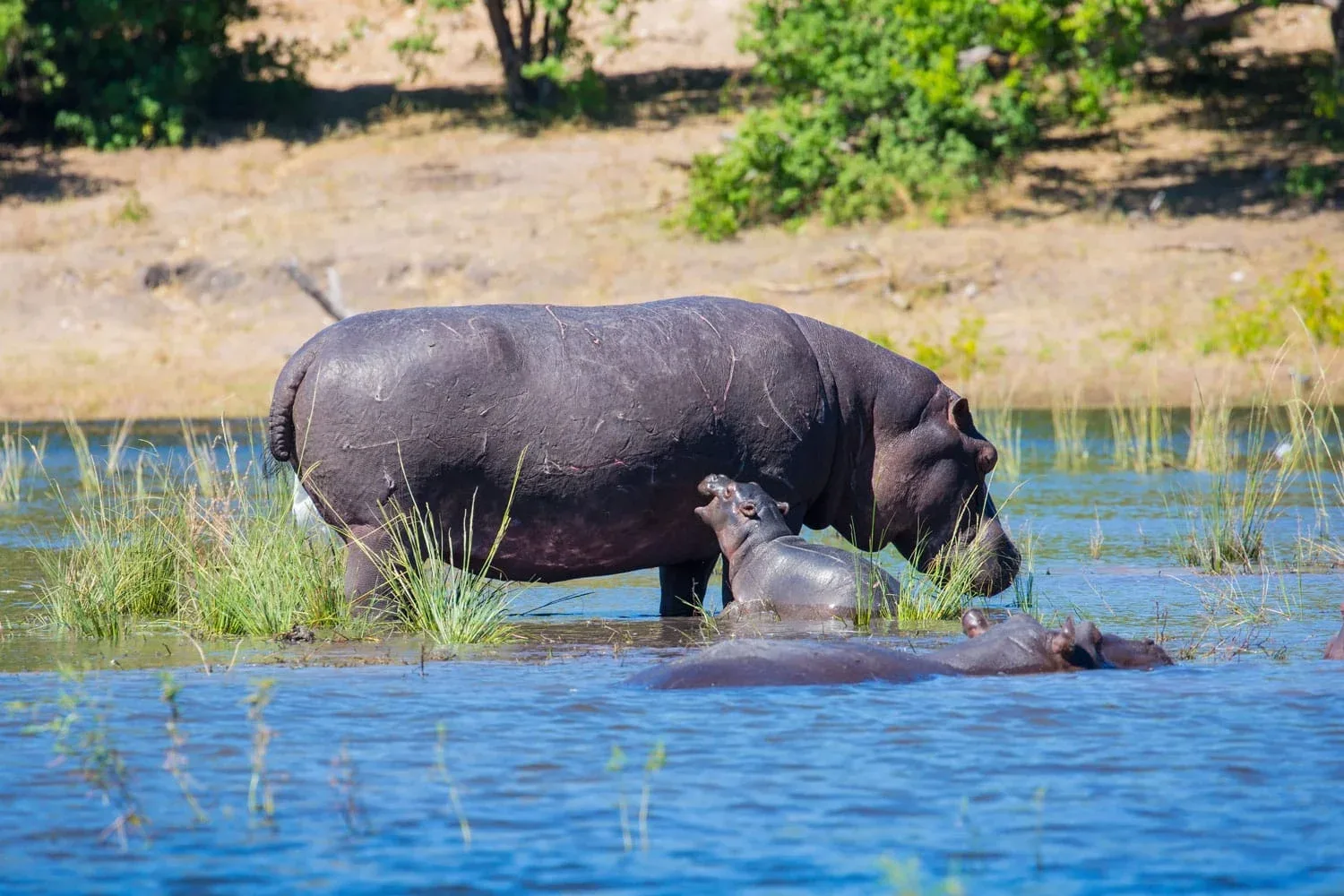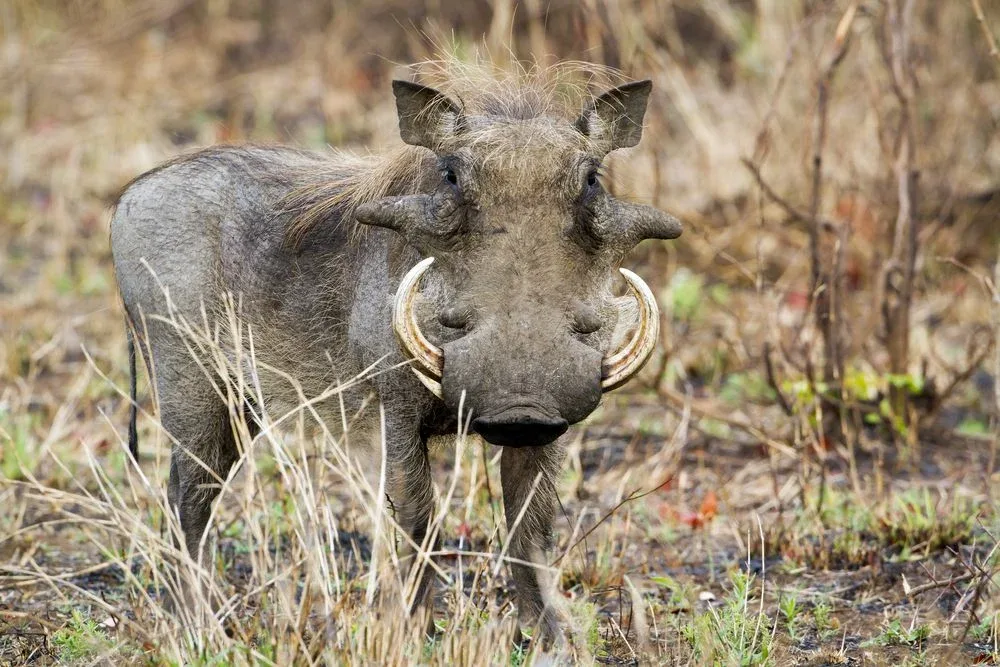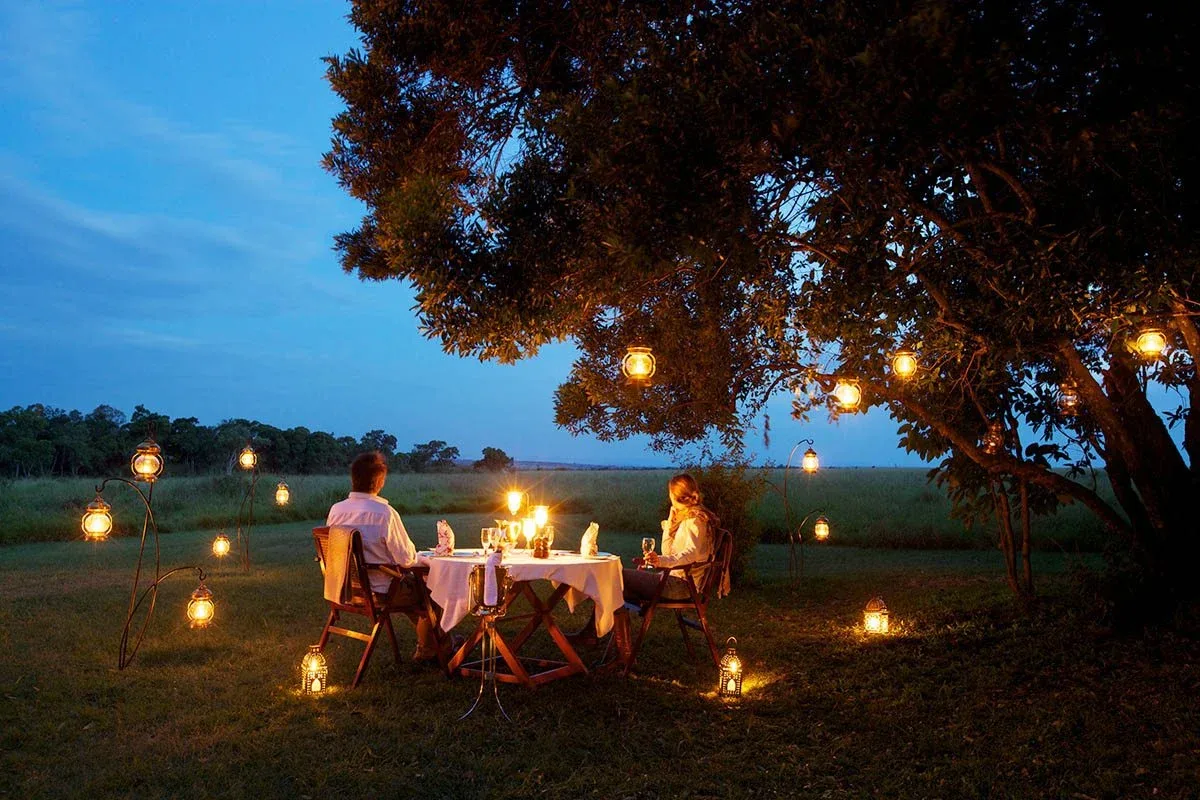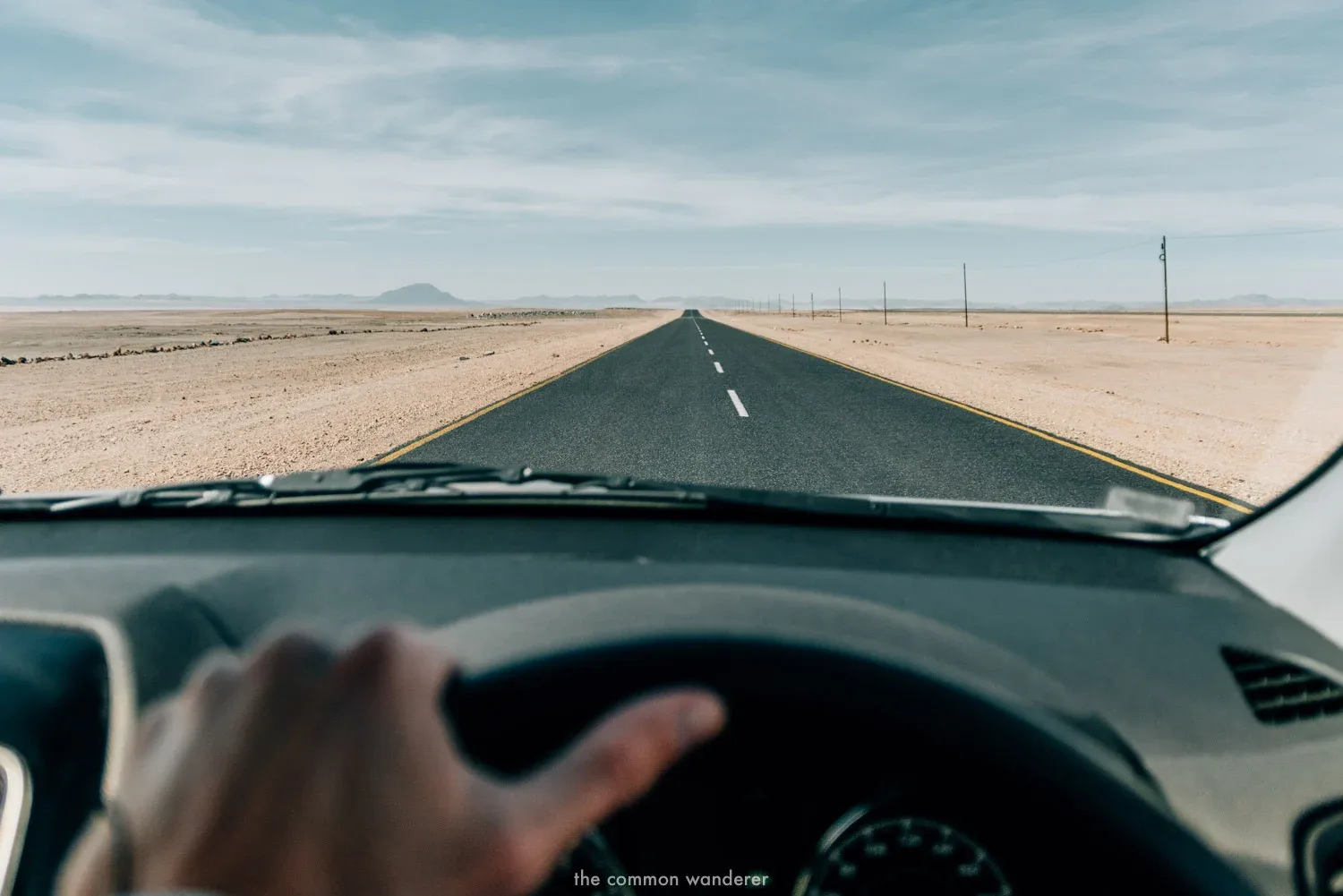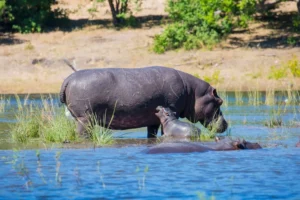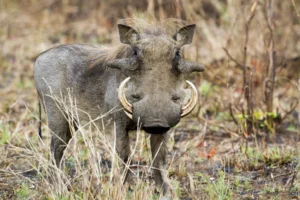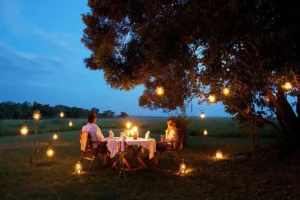Navigate Namibia’s roads with confidence using our comprehensive guide to driving in Namibia. Discover essential tips, road conditions, and scenic routes for a safe and enjoyable self-drive adventure through this stunning African country.
Namibia is a beautiful country with a lot to see and do. You can drive your car around the country, but it’s not as easy as it sounds. The roads are challenging, there are many animals on the road at night, and there are some rules of the road that may surprise you if you’re not used to driving in Africa. Here’s our guide to driving in Namibia:
Driving in Namibia
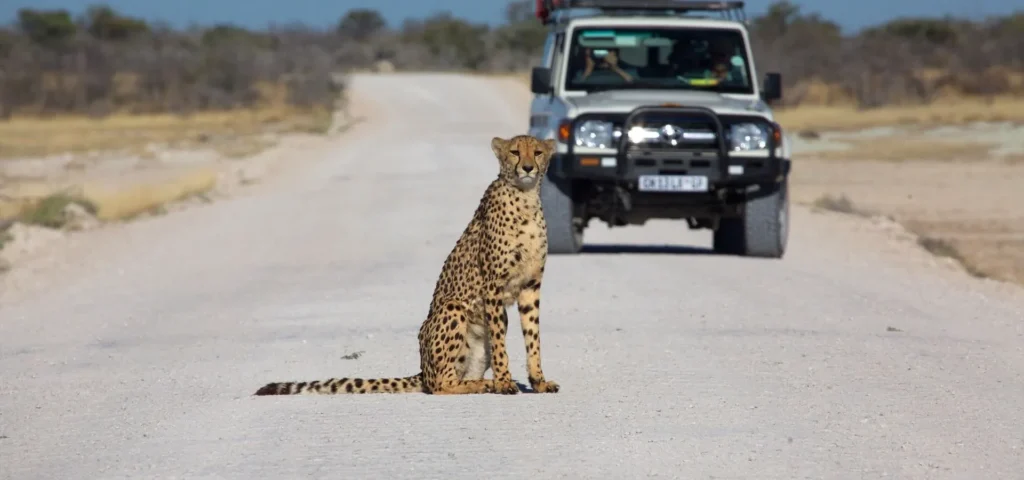
Driving in Namibia is a great way to see the country. You can hire a car or take a self-drive tour, but you will need to be over 21 years old and have 4×4 driving experience before you go.
- The vehicles are left-hand drives.
It is important to note that Namibia is a left-hand drive country. It means that most vehicles in this country are driven on their right side and have steering wheels positioned on the driver’s left-hand side. It can be confusing for some people as they try to push here, but it’s not unusual or dangerous—make sure you know how to handle your vehicle before getting behind.
- Get a GPS with offline maps.
GPS is essential for traveling in Namibia, especially if you drive off the beaten path and into remote areas. The map on your GPS may not show all the roads that are closed or where it’s unsafe to travel due to road conditions, so offline maps can help you plan and avoid getting lost along the way.
There are two ways to get these maps: 1) You can purchase them at one of many stores that sell vehicles and parts (like AutoMech), and 2) buy them online before leaving home, which will be cheaper than buying them locally. Both methods have their pros and cons based on how much time they take away from your trip.
- Consider a 4×4 vehicle for your Namibian safari.
If you are going on a safari, driving in a 4×4 vehicle is highly recommended. A 2×4 will get stuck in the sand and be unsafe if there’s an accident. A 4×4 will also be better for off-roading and carrying heavy loads of equipment or animals.
- Make sure you have some 4×4 driving experience before arriving in Namibia.
There are some things to consider before you arrive in Namibia. You should know how to drive a manual car in 4×4 mode and have experience driving on gravel roads. You should be able to use your vehicle’s 5th gear and engage the 4×4 way when needed.
If you haven’t driven a manual car before, don’t worry! Most people can learn quickly with practice and patience (using YouTube videos).
- You must be over 21 years of age to rent a car in Namibia.
You’re over 21 years old and have a valid driver’s license and credit card. It would help if you also had an international driving permit to rent a car in Namibia.
Additionally, you must have insurance for your vehicle if it is not covered by the government (which most of them are).
A Few Rules of The Road in Namibia
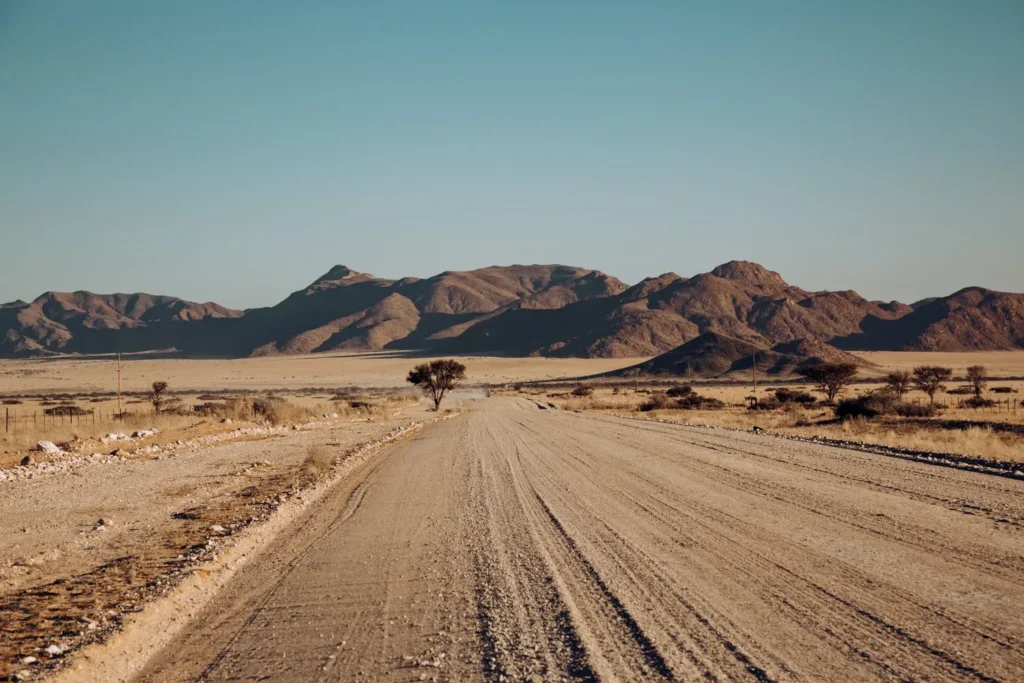
Driving in Namibia is a great adventure, but there are rules to follow. These rules will help you to avoid accidents and get the most out of your vacation:
- Drive on the left side of the road
- Use headlights day and night (it’s also illegal to drive with one light on)
- Wear a seatbelt at all times; if you don’t have one, purchase a safety belt before leaving home (you can rent them for about $10 per day). Everyone in your vehicle must wear one!
- Give way to vehicles coming from behind when possible; don’t pass other vehicles unless it’s safe and legal – this includes trucks with trailers as well as buses traveling at high speeds on unpaved roads where traction is limited due to loose gravel or sand underneath tires moving over rough terrain such as gravel pits where rocks may have been placed by construction crews prior making improvements needed by farmers working nearby farms using heavy machinery like tractors used during harvesting season which causes wear-and-tear damage caused by constant usage every year without fail!
- Do not drink alcohol while driving under any circumstances whatsoever because it could impair judgment leading up until later hours when even more impairment occurs due to being intoxicated while behind wheels making decisions based solely upon limited information available through impaired judgment making decisions without considering others’ lives which could be affected negatively depending upon situation presented here today whether positive outcome occurring here tomorrow depends entirely upon fate itself rather than anything else except maybe luck factor involved too since sometimes things happen randomly so why not try?”
- Beware of animals crossing the roads at night! If you are driving at night, look for animals that may cross in front of your car. These wild creatures are attracted to artificial lights such as those from cars and trucks and can cause severe accidents if they decide to run across the road as a human would. When driving through Namibia’s wildlife-filled landscapes, remember that there are vast herds of antelope and lions, and even elephants living here! Suppose an animal moves towards your vehicle without warning (often gives off no indication whatsoever). In that case, you must stop immediately so as not to risk hitting it with your car—this could potentially result in severe injury or death due to its sheer size (or lack thereof).
- Be aware of large potholes and sand patches on the road. Potholes are one of the biggest problems on Namibia roads, but they can be hard to spot at night. The best way to avoid them is by using a decent windshield wiper and watching them while driving. Also, slow down if you see a pothole that looks bigger than it should be (or if you think your tires might have hit something)! Potholes are not just big holes in the road; some even swallow whole cars! If you’re unfortunate enough to get stuck in one of these massive craters, don’t panic: stay calm and turn off your headlights so as not to draw attention from passing cars or trucks that may hit you first thing in the morning (not before).
- Please do not attempt to bribe police officers or traffic officials in Namibia, no matter how casually they ask!
As a foreigner driving in Namibia, you are likely to be stopped by the police for any number of reasons: speeding, being over the legal alcohol limit (which is 0.05%), running an errand at the wrong time of day (for example: buying gas on Sunday) or simply because they can’t get out of their car fast enough when they see you approaching them on your bike. They will tell you everything is fine and then give you directions back onto your way without even asking for money first; however, this does not mean everyone who works there wants something from drivers like yourself!
If possible, try not to give money directly but instead offer some other form of compensation such as food or drinks if necessary before getting back onto your vehicle so that no one thinks about taking advantage of someone’s kindness towards themselves through bribery attempts – especially since these people aren’t allowed by law do accept bribes anyway! If caught doing anything else, though. Well, then we’ll say goodbye now 🙂
Emergency numbers – what to do in an emergency if you’re driving in Namibia
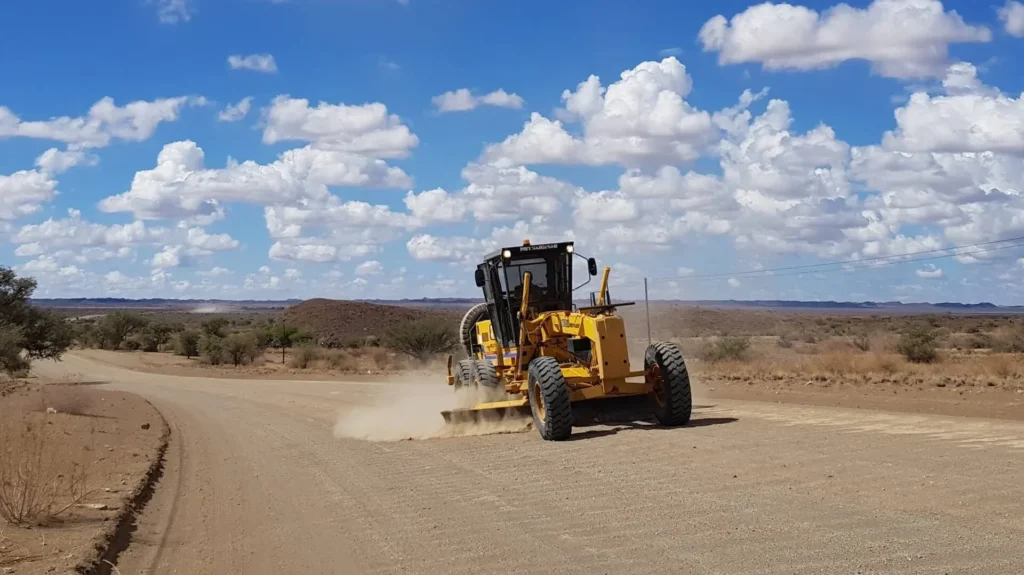
If you’re driving in Namibia, it’s good to know that there is a lot of wildlife. You can expect to see animals like elephants and lions along the roads. The best thing to do if you encounter one of these creatures is to keep driving and make sure not to stop your vehicle until it’s safe for everyone inside (and even then, only if necessary). In case something happens while driving, several emergency numbers can help:
- Police – +264 61 10 111
- Fire Department – +264 62 52 2091
Self-drive is a great way to see the country while traveling on a budget. You’ll be able to stop at places off the beaten track and choose your itinerary, which can tailor to your interests and time constraints. You can even camp in the bush or stay in lodges if you prefer that accommodation!
Conclusion
In conclusion, driving in Namibia offers travelers a unique opportunity to explore its vast and diverse landscapes at their own pace. From the rugged beauty of the Namib Desert to the wildlife-rich parks of Etosha and beyond, navigating Namibia’s roads reveals a tapestry of natural wonders and cultural treasures. Whether embarking on a self-drive safari to encounter desert-adapted wildlife or cruising along coastal routes lined with dramatic dunes, each journey promises breathtaking scenery and unforgettable experiences. With proper preparation, respect for local driving regulations, and a spirit of adventure, driving in Namibia becomes not just a mode of transport, but an integral part of the journey itself, enriching travelers with a deeper appreciation for this enchanting African nation.

